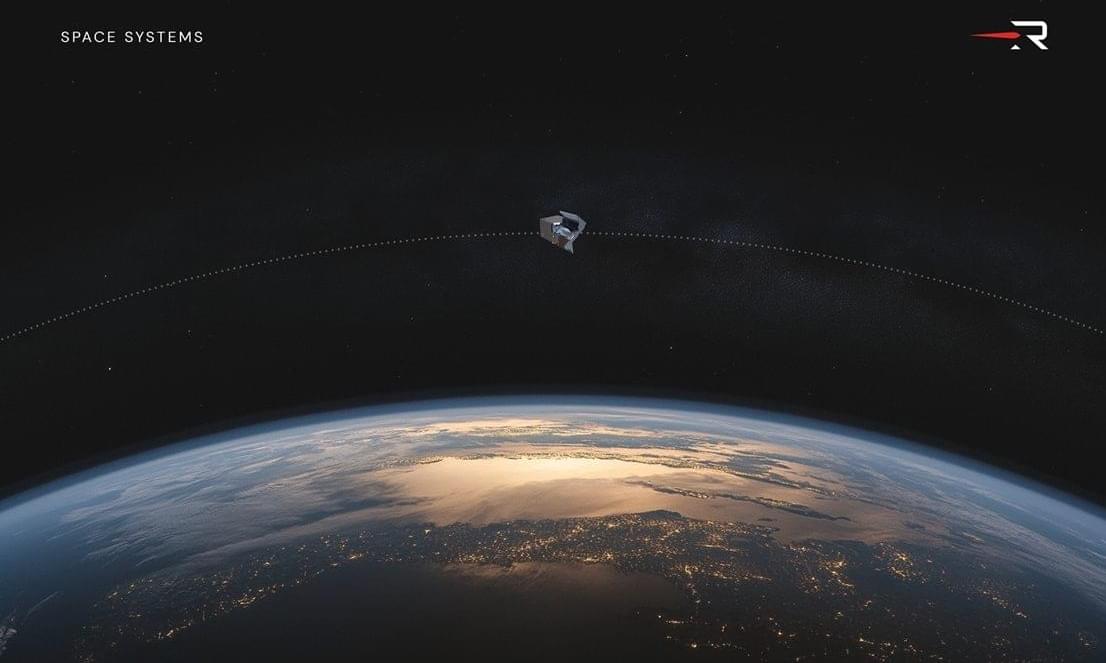Great paper which combines expansion microscopy and in situ genome sequencing to map chromatin structure and selected protein targets in cellular nuclei. ExIGS was then used to explore how lamin protein and genome organization within nuclei changes during aging. #systemsbiology
Microscopy and genomics are used to characterize cell function, but approaches to connect the two types of information are lacking, particularly at subnuclear resolution. Here, we describe expansion in situ genome sequencing (ExIGS), a technology that enables sequencing of genomic DNA and super-resolution localization of nuclear proteins in single cells. Applying ExIGS to progeria-derived fibroblasts revealed that lamin abnormalities are linked to hotspots of aberrant chromatin regulation that may erode cell identity. Lamin was found to generally repress transcription, suggesting that variation in nuclear morphology may affect gene regulation across tissues and aged cells. These results demonstrate that ExIGS may serve as a generalizable platform with which to link nuclear abnormalities to gene regulation, offering insights into disease mechanisms.







